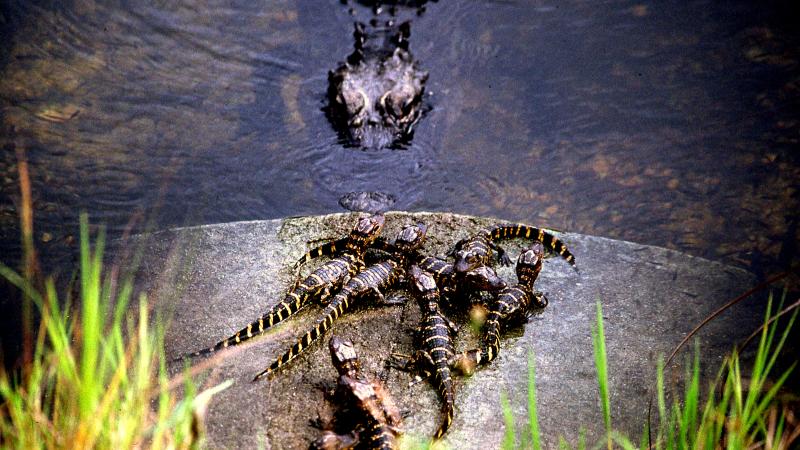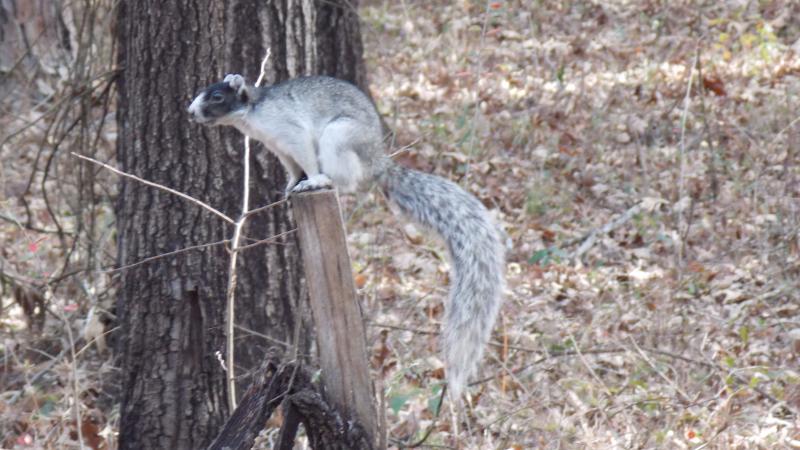Observing Endangered Species Day
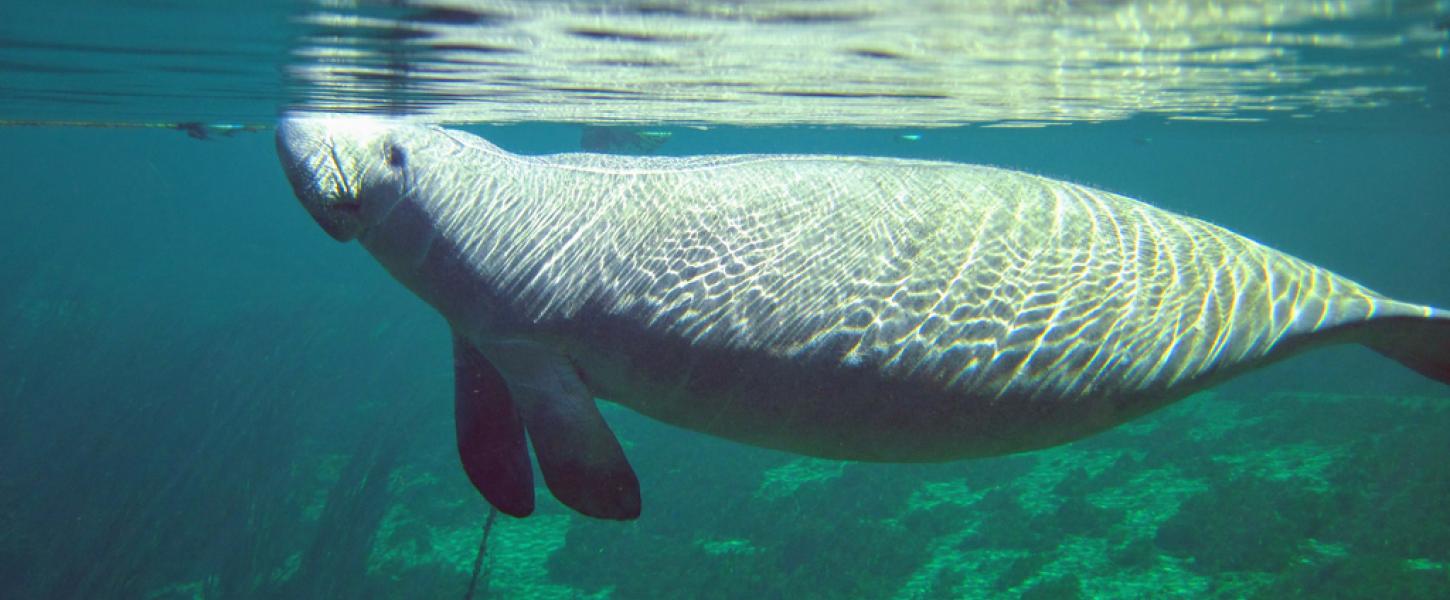
The Endangered Species Act of 1973 is a landmark piece of conservation legislation that led the way for international efforts to protect animal and plant species from extinction.
The initial list of the nation’s most endangered species included many familiar Florida wildlife, including the West Indian manatee, American alligator and Florida panther. Today, 114 Florida species are included.
May 21 is National Endangered Species Day. This special day is a great time to learn about the many imperiled plants and animals, both around the world and in your own backyard. We’ve highlighted just a handful of the rare species that rely on the habitat protected by Florida State Parks.
Gulf Sturgeon
With its thick outer plates and immense size, gulf sturgeons look prehistoric. In fact, the species dates back 225 million years. For eons, they have bred in the salty waters off the coast before swimming upstream to spawn. However, dams stand in the way of their migration, and river dredging suffocates their eggs before they hatch.
These changes in the sturgeon’s environment, as well as overfishing, have led to their endangered status. Gulf sturgeon can sometimes be seen in Fanning Springs State Park and Manatee Springs State Park, where the Suwannee River provides unimpeded access to their spawning grounds. If you happen to see one, watch out! Sturgeon like to jump out of the water.
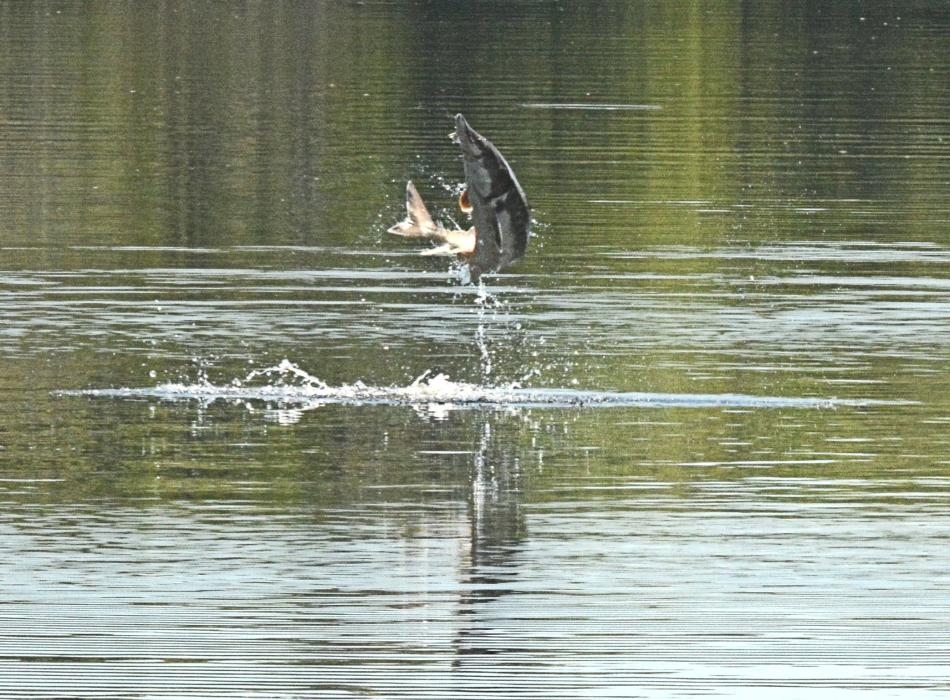
Rosemary
Not to be mistaken for kitchen herbs, three endangered species of rosemary grow in Florida. Many species of rosemary live in the state’s unique scrub habitat. They prefer bare patches of hot white sand and full sunlight. Fire is a friend of rosemary shrubs, which depend on it to clear out other vegetation. In some counties, as much as 80% of scrub has been converted to other land uses. This habitat loss is detrimental for species with small ranges like Etonia rosemary, which is now found only in Dunns Creek State Park. At Torreya State Park, Apalachicola rosemary grows on the edges of sandhills habitats, where prescribed fire maintains ideal conditions.
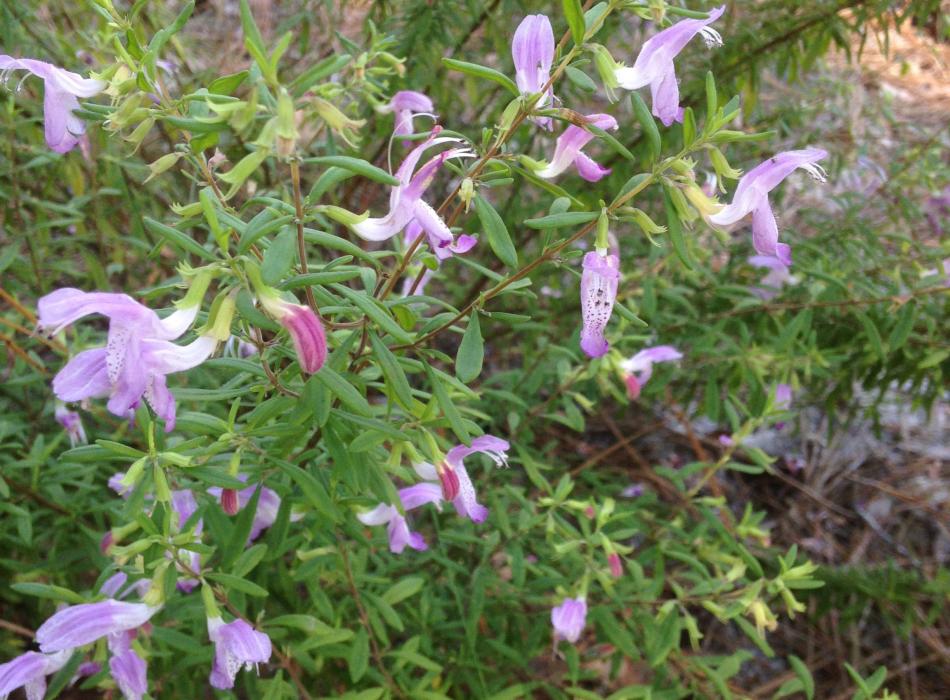
Everglades Snail Kite
As the name implies, the snail kite feeds almost exclusively on freshwater snails. These kites watch carefully over freshwater marshes like those at Paynes Prairie Preserve State Park and Kissimmee Prairie Preserve State Park, and they dip their specially curved beak into snail shells for a treat. As freshwater wetlands are drained, the snails disappear, leaving snail kites without food. Protection and restoration of South Florida’s natural hydrology can help bring back the wetlands, native snails and the beautiful kites.

Beach Mice
Beach mice are not just any rodent. Living in small burrows inside beach dunes, they help spread seeds to new areas and support vegetation growth. Dune vegetation helps keep our beaches from eroding and provides protection from storm surge. As Florida’s coasts have been developed, the mice have been squeezed out. Florida has six species of federally protected beach mouse, and all but one inhabits a different part of the coast protected by Florida State Parks.
Parks with beach mice include Perdido Key State Park, Topsail Hill Preserve State Park, Grayton Beach State Park, St. Andrews State Park, T.H. Stone Memorial St. Joseph Peninsula State Park, Anastasia State Park and Sebastian Inlet State Park.
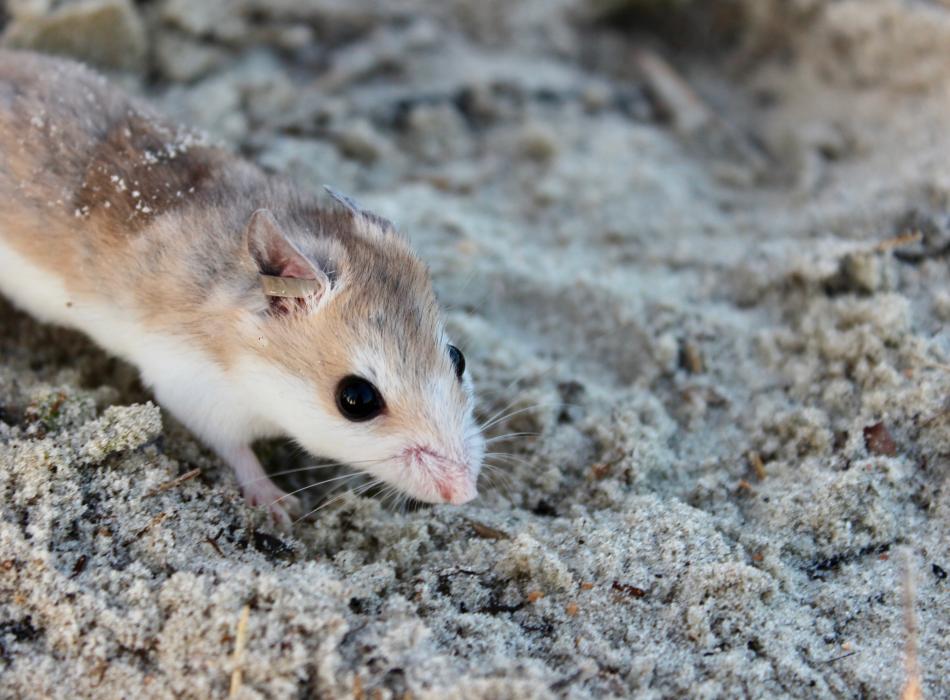
Schaus' swallowtail butterfly
This gorgeous butterfly seemingly has a good life, flitting through the lush hardwood hammocks of Key Largo and sipping on guava nectar. But their island life isn’t always so peaceful. South Florida’s extreme weather events, like droughts and hurricanes, pose huge challenges for the species. Following Hurricane Andrew in 1992, they were on the brink of extinction with only 73 individual butterflies having survived the storm. While dangers from increasingly violent storm seasons and mosquito control measures persist, the remaining population is safe in the shady refuge of Dagny Johnson Key Largo Hammock Botanical State Park.
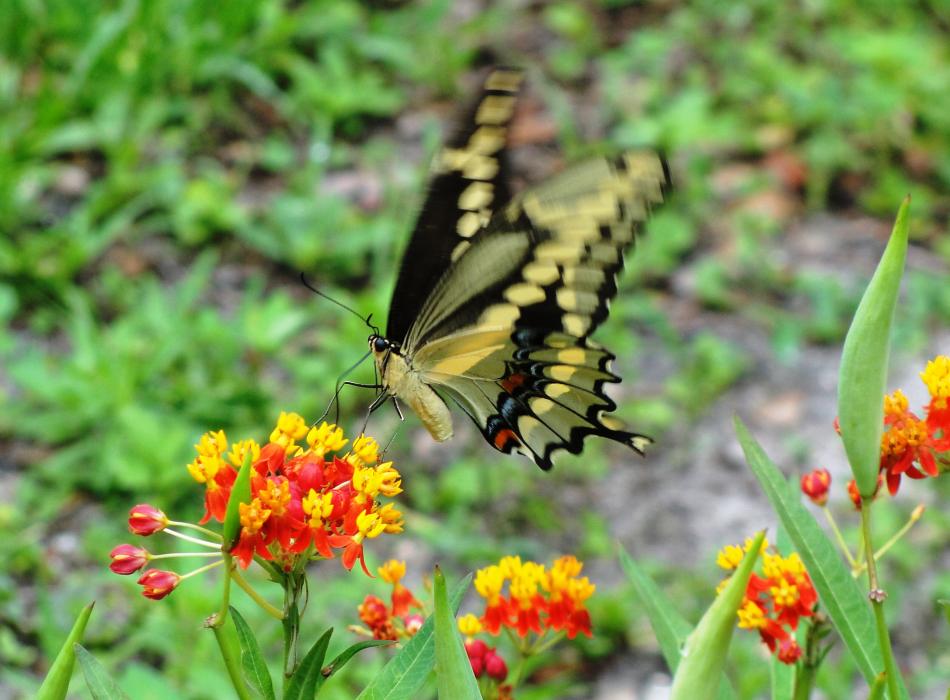
This article was published in the Real Florida ℠ Connection, the Florida State Parks e-newsletter. Sign up to get updates and stories from your state parks the first week of every month.
